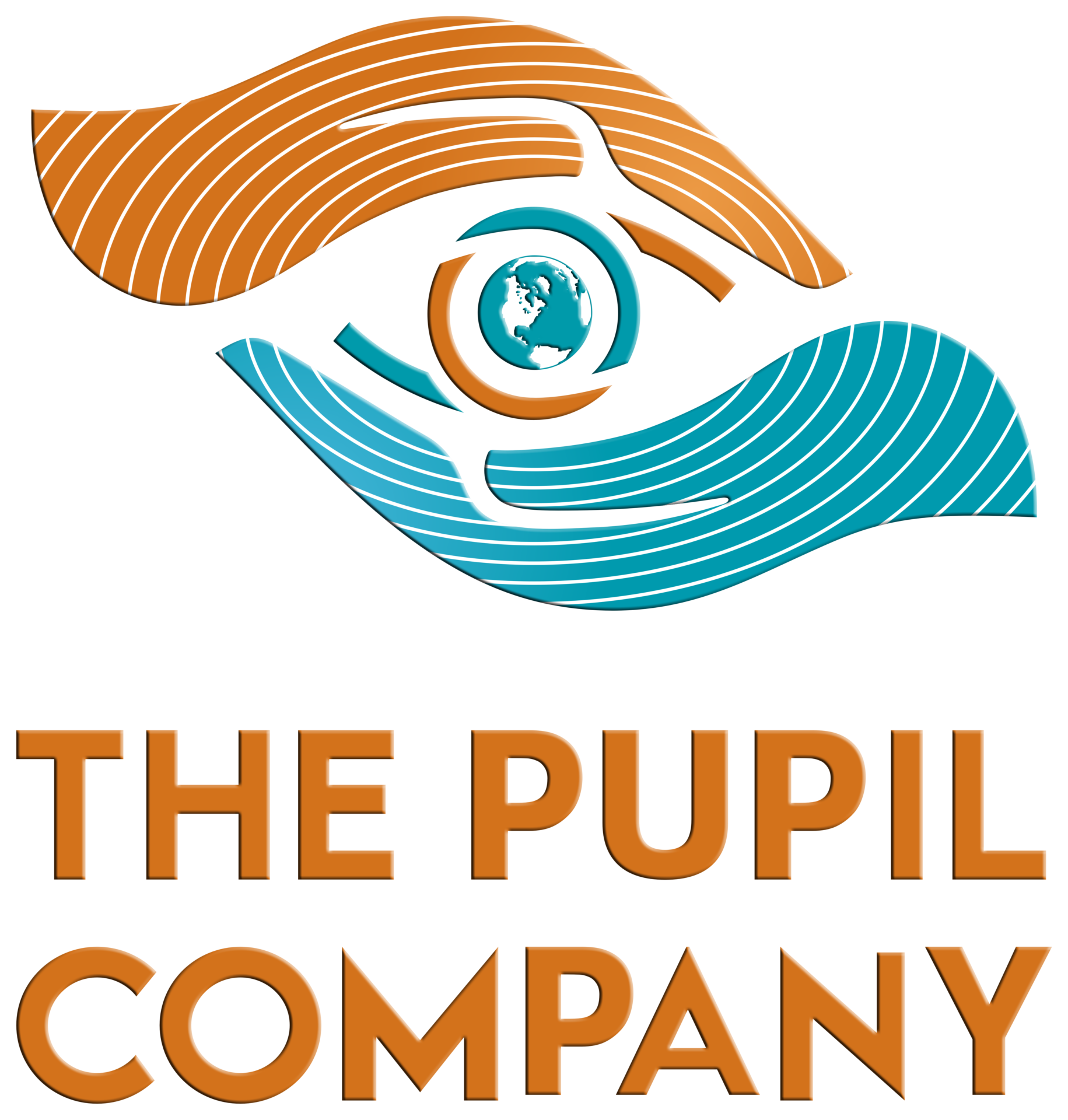“The medium is the message”
-M. Mcluhan
The theory goes that how you present a piece of information, “The medium,” is easy to overlook in light of the content of your messaging.
It’s a dangerous oversight.
https://media.giphy.com/media/LpkLWXTp0v0qy70xPp/giphy.gif
Perhaps you’re communicating the exact opposite of the content of your message.
Imagine for a moment that you are a hiring manager with a stack of applicants for an executive assistant position. On top of the stack there is a college ruled piece of notebook paper with a resume written in crayon. There are frillies on the side of the page.
Would it matter if the resume said that the applicant is an expert in Microsoft Word?
Would it matter what credentials were on that page?
It probably wouldn’t. That applicant has already communicated their expertise no matter what is written on the page.
Now, what are you communicating with your training to your new hires?
- Could you call yourself forward-thinking when your training material is PowerPoints projected on a screen?
- Could you call yourself responsive to employee insights when training is made up of a facilitator delivering 8 hour droning speeches?
- Can you call your yourself cutting edge when your training materials have not been updated in years?
https://media.giphy.com/media/fRhSHzQ4NXOdrHIZJd/giphy.gif
The first step to address your messaging is to take a step back and audit your materials- not the content alone, but specifically the medium.
Do you expect employees to provide world-class customer service, finely attuned to the needs of the customer? Have you taken the time to finely attune yourself to the needs of your employees?
Do you expect technical expertise in the roles that you are training for? Do your training materials reflect technical mastery?
There are a breadth of solutions that properly embody the training goals of modern companies.
Some of those solutions are reimagined implementation techniques-
- Beginning with the Socratic method and allowing your new hire to discover the information instead of force-feeding policies and procedures.
- Organizing small group discussion that will reinforce a healthy, collaborative environment.
- Varying presentational pace to maintain high levels of interest in the material.
More than just varied implementation techniques, there are also diverse modes of packaging instructional materials.
- Online modules provide a novel way to present meticulously planned material in an entertaining, palatable package to drive results- in a work-from-home model OR even in a classroom setting.
- Virtual and Augmented Reality provide a portal into the real production that new-hires will be expected to master.
These are just a few methods to match your medium and your message; what other methods have you found?
What’s YOUR Vision?

- What methods have you found to connect your training materials to your company values?
- What elements of your training could use an update?
